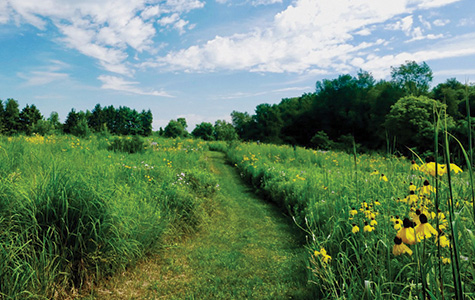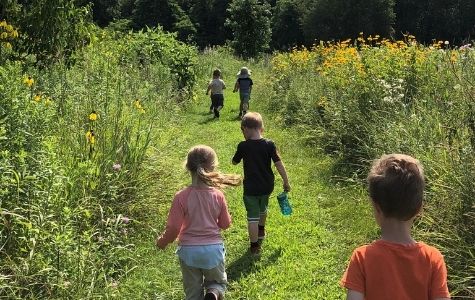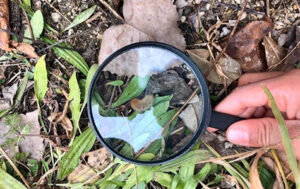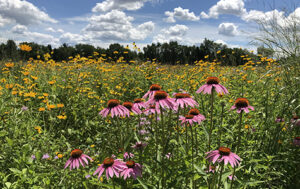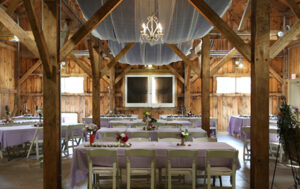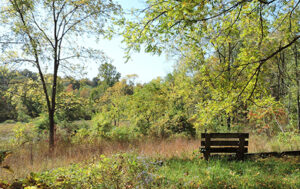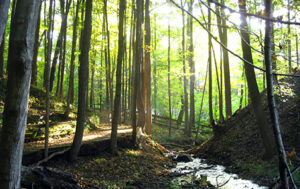A wonderful week of birding adding 26 new species (highlighted in red) for the year putting us at 108 species now. On Monday the 29th there was a good fall out of birds with numerous warblers being heard for the first time and a Black-billed Cuckoo which is pretty early for this species. Although it was just at the end of April the trees are looking like Mid-May already with all the leaves that have popped up the last week. On Wednesday when I arrived at Kleinstuck I realized I forgot my camera at home so that means you are guaranteed to see a rare bird and I did 2 of them. A singing Kentucky Warbler and I finally saw the Summer Tanager that has been eluding me the past week. Both of these species are expected to expand their range northward into Southern Michigan for the breeding season with the changing climate. There was also a large push of birds on Thursday night because Friday the 3rd of May was an exceptional day with both Golden-winged and Blue-winged Warblers singing together and 15 other species of warbler found. Also seen that day by a few lucky birders was an American Bittern that was found hidden in the reeds (I got there too late to get a glimpse before it went into a better hiding place). The American Bittern breeds in Northern Michigan and is just stopping through. They are secretive and well camouflaged and will stand with their neck straight up in the air and the pattern on their neck and makes them look like the surrounding vegetation.
When doing these surveys I frequently see other animals besides birds and this year so far I have seen Red Fox, Coyote, Opossum, Muskrat, many deer(very tame), and 4 separate Eastern Box Turtles including one mating pair. This is the most Box turtles I can remember seeing at this site and I’m not sure if that means there are more around or if I have just been lucky enough to be looking down at the correct moment. Anyways the migrating birds are in full swing and we should expect for this week more Flycatcher species to start arriving along with Red-eyed vireos and a few more later arriving warblers like Mourning and Canada Warblers. As always get out there when you can because the migration goes by pretty fast.
– John Brenneman, KNC Senior Avian Biologist
Pictured: Black-billed Cuckoo (Coccyzus erythropthalmus) and Eastern box turtle (Terrapene carolina carolina) by John Brenneman and American bittern (Botaurus lentiginosus) by Donna Keller




